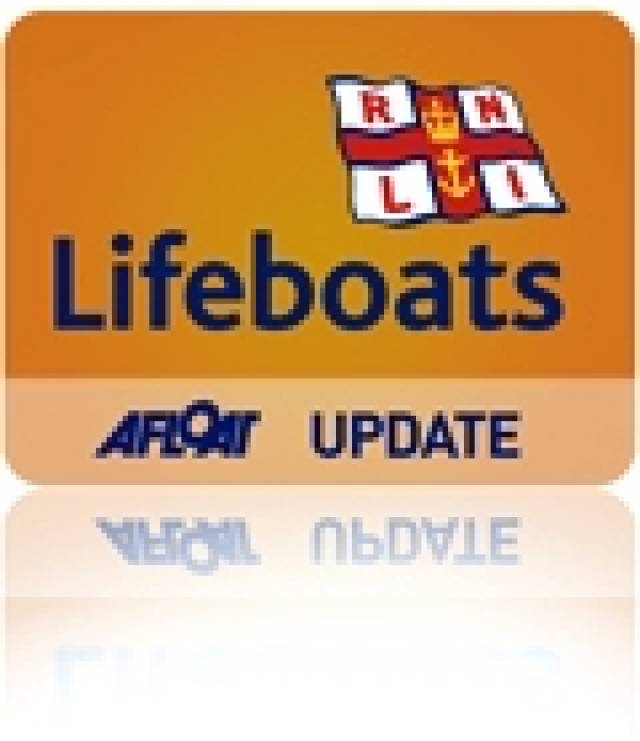#RNLI - The Irish Sea will soon have one of the most advanced lifeboats in service as Douglas RNLI in the Isle of Man has been earmarked to receive one of the new Shannon class.
The new design is 50% faster than the lifeboat it will replace, ensuring that those in need are reached even faster.
The RNLI plans to replace the Tyne class lifeboat at Douglas in 2016, which is reaching the end of its planned 25-year life span. The new lifeboat will cost £2 million (€2.32 million) and the RNLI is currently working to identify whether the funding for the new lifeboat can be raised from legacy gifts or whether fundraising activity is needed. The RNLI will announce this once the funding strategy has been identified.
The Shannon is the first modern RNLI all-weather lifeboat to operate with water jets, not propellers. Capable of 25 knots, the Shannon is 50% faster than the classes it has been designed to replace, which have a lower maximum speed of 17 knots.
The Shannon class will also improve safety for the charity’s volunteer crews, thanks to its shock absorbing seats and on-board computer system, which allows the crews to operate and monitor the lifeboat from the safety of their seats.
Michael Vlasto, RNLI operations director said of the new vessel: "I have had the privilege of being involved with the RNLI for over 38 years. In that time I have witnessed great advances in the charity’s lifeboats and seen many new vessels arrive on station. However, I have never seen our volunteer crews quite as excited as they are about the Shannon.
"This all-weather lifeboat is half as fast again as the lifeboats it has been designed to replace and using water jet propulsion, the manoeuvrability is exceptional. Most importantly though, the Shannon has been carefully developed with the safety of the volunteer crews at the very heart of the design, allowing them to shave life-saving moments off the time it takes to reach those in trouble at sea."
Some of the RNLI Douglas volunteer crew were given the opportunity to experience the Shannon first-hand with a trip around Douglas Bay last weekend as the prototype lifeboat visited the island as part of sea trials that began in January, as previously reported on Afloat.ie.
Afterwards, Douglas coxswain Neal Corran was asked for his immediate thoughts on the new lifeboat. "I was impressed with the boat’s speed and manoeuvrability and look forward to Douglas receiving theirs when it becomes available," he said.
The Shannon has been developed by the RNLI’s in-house team of naval architects, marine engineers and operators - including Irish naval architect Peter Eyre – to replace the majority of Mersey and some remaining Tyne class lifeboats as they reach the end of their operational life (subject to the RNLI’s five-year rolling review of lifesaving assets).
Once the Shannon is rolled out across the UK and Ireland, this class of lifeboat will make up a third of the RNLI all-weather lifeboat fleet, at which point the RNLI will have reached its aim of a 25 knot all-weather lifeboat fleet.
The majority of the 50-plus Shannon class lifeboats to be stationed throughout the UK and Ireland will be built at the RNLI’s new all-weather Lifeboat Centre in Poole, which is currently under construction. Bringing all-weather lifeboat production in-house will save the charity £3.7m annually – the equivalent of 2.5 Shannon class lifeboats.































































